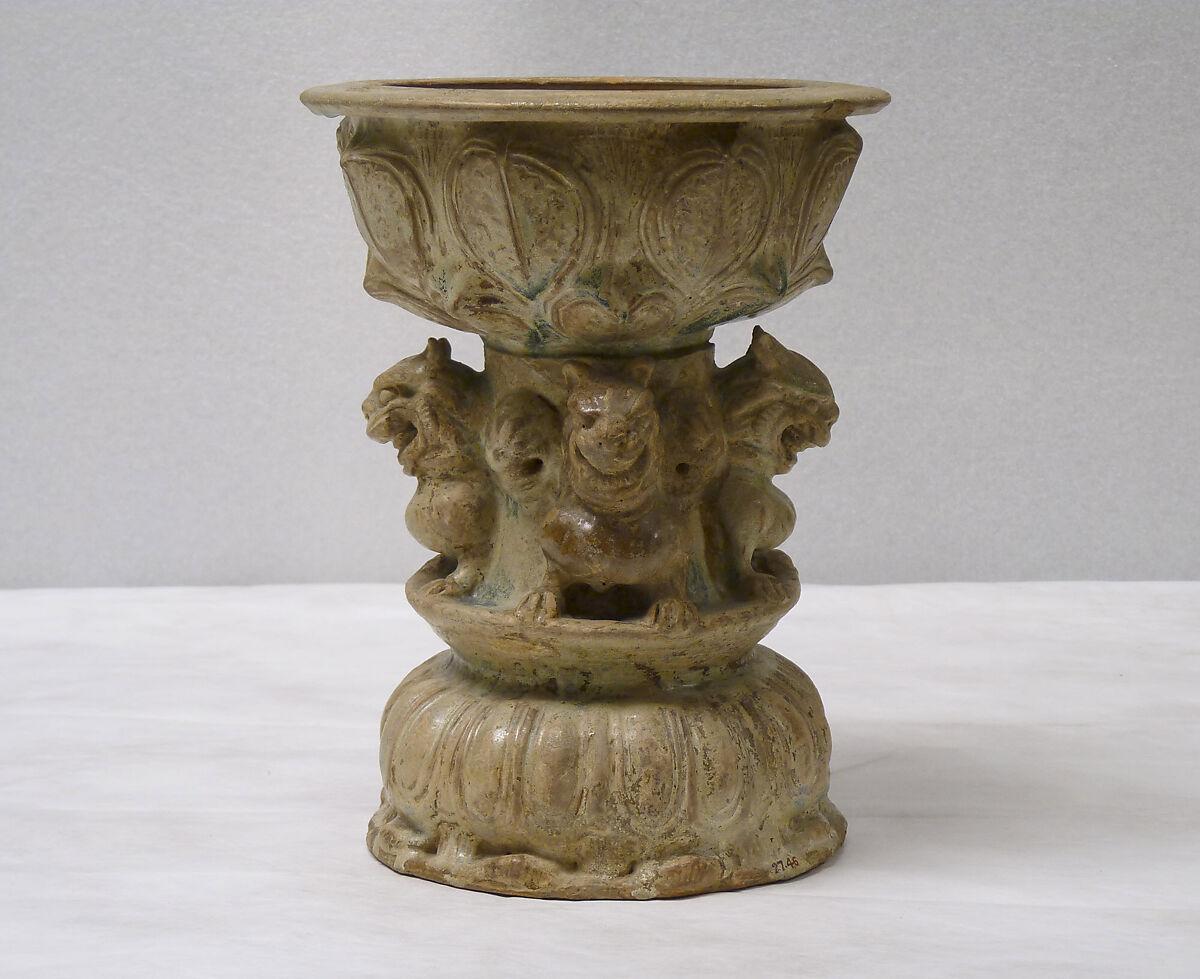Website designed with the B12 website builder. Create your own website today.
Start for free
Lamps evolved through four key periods: origin in the Warring States, development in the Han Dynasty, popularity in the Tang Dynasty, and brilliance in the Qing Dynasty.

The ancient Chinese lamp from the Warring States period, known as "Pottery beans," features a simple yet functional design typical of the era, often crafted with intricate decorations that reflect the artistic sensibilities of the time.

The Bronze Goose Feet Lamp from the Qin Dynasty is an ancient Chinese oil lamp, crafted in bronze and uniquely designed with a base shaped like goose feet, exemplifying the intricate metalwork and artistic creativity of the period.

Changxin Palace Lantern was unearthed in 1968 in the tomb built for Liu Sheng, the Zhongshan King, and his wife of the Western Han Dynasty (206BC-8AD). What's fine and ingenious about the lantern is that it not only ideally combined aesthetics and scientific technologies but also realized the harmonious unification of decorativeness and practicality.

This is an exquisite cow-shaped copper lamp, compared with the early copper lamp, more reasonable design, more exquisite production. In addition to the general copper lamp smoke conduit device, the It was unearthed in 1980 in Ganquan Tomb No. 2, Ganjiang County, Yangzhou, Jiangsu Province, during the Eastern Han Dynasty.

This Han Dynasty lamp features a mountainous base with three figures and 25 animals, symbolizing immortality. Surmounted by a tree with sixteen branches, it showcases cranes and immortals on dragons, blending art with symbolic longevity.

This unique lamp is an ancient Chinese pottery lamp with a base supported by four lions, demonstrating the symbolism of the lion in Chinese art.